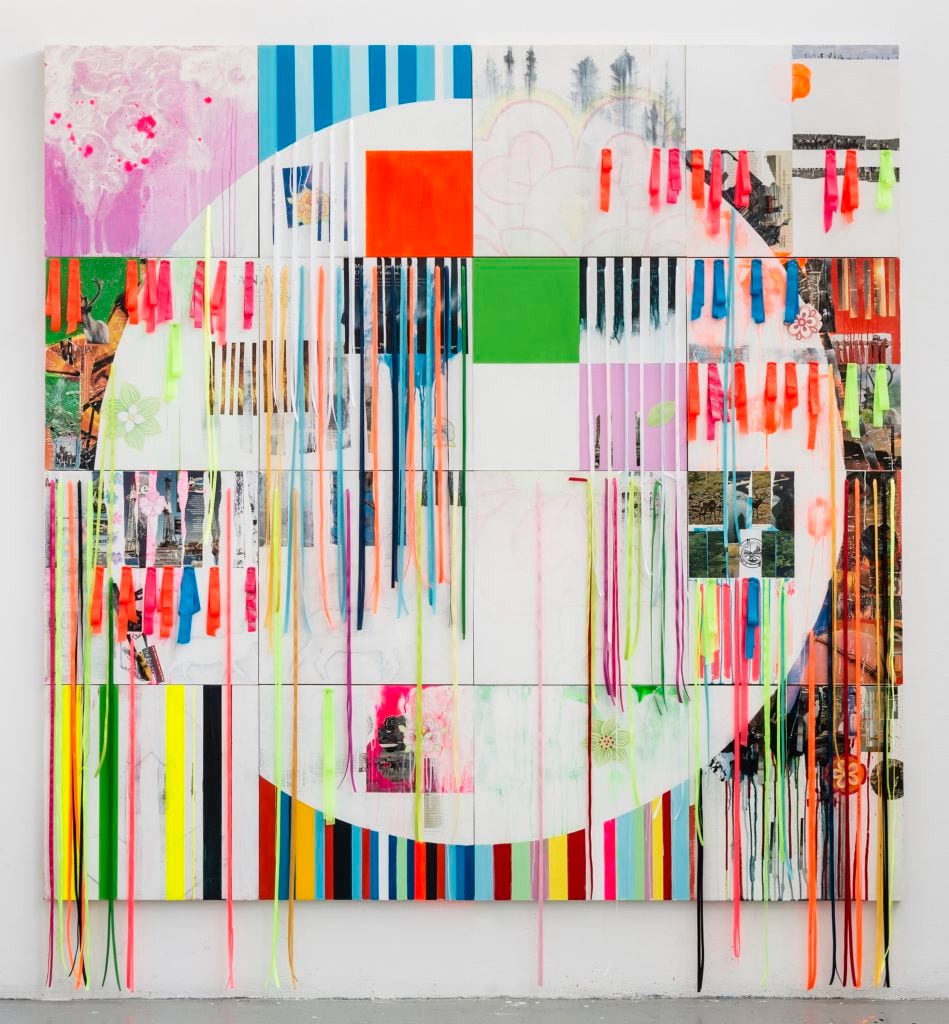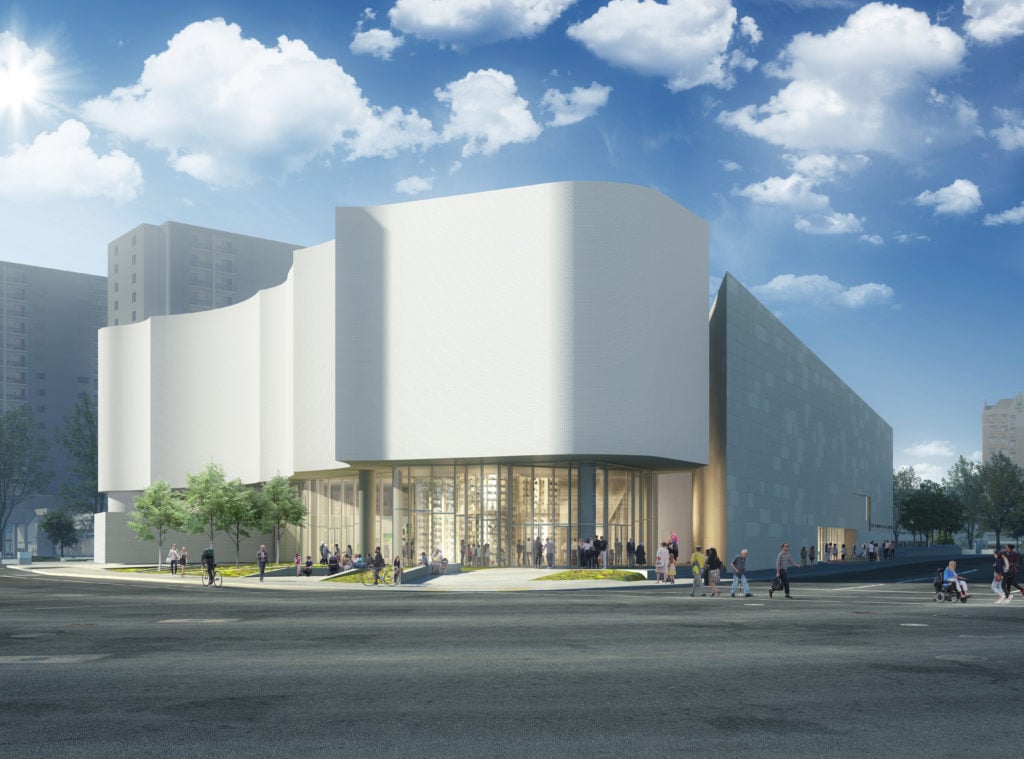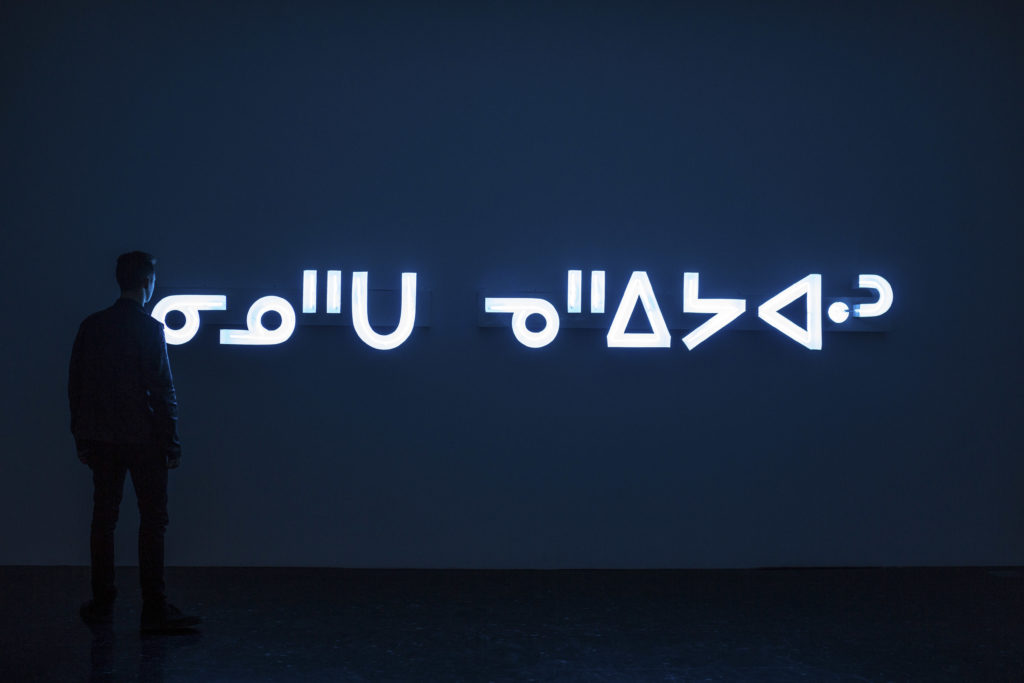Art & Exhibitions
Fighting ‘Institutional Intolerance,’ Canada Is Introducing a Biennial for Indigenous Artists in 2020
The event will coincide with the opening of the Winnipeg Art Gallery's new $65 million Inuit Art Center.

The event will coincide with the opening of the Winnipeg Art Gallery's new $65 million Inuit Art Center.

Kate Brown

A debut biennial for Indigenous artists will coincide with the opening of the Winnipeg Art Gallery’s new $65 million Inuit Art Center in 2020. The inaugural biennial will include work by Indigenous artists from New Zealand, Australia, and across Canada.
Co-organized by Jamie Isaac and Julie Nagam, the event is due to take place at the Inuit Art Center, a prestigious new building designed by the Los Angeles-based architect Michael Maltzan. Alongside the biennial, the museum will also open another show curated by the all-Inuit curatorial team INUA.
The biennial, titled “To Draw Water,” will focus on the pressing issues of water, climate change, and sustainability. “Contemporary Indigenous artists are producing some of the most relevant innovative work, examining issues and exploring movements that are motivating art practice today,” Isaac and Nagam said in a joint statement about the biennial. “We are excited to begin fresh dialogues and interactions that are long overdue about a vital and sacred resource: Water.”

A rendering of the Inuit Art Center by Michael Maltzan Architecture.
Indigenous artists have been marginalized from the mainstream art canons “due to systemic and institutional intolerance,” Isaac tells artnet News. Until recently, “Indigenous art and artists were treated like relics and the art as artifact.”
Canada has been making substantial moves toward creating a more equal landscape for Indigenous culture at national and international levels. The ambitious Inuit Art Center has been a highly anticipated project. It will house the world’s largest collection of Inuit art, created by the indigenous people of northern Canada, as well as parts of Greenland and Alaska. The 40,000-square-foot building broke ground this May.
For its pavilion in the 2019 Venice Biennial, Canada has selected the Inuit artist collective Isuma. The group has been making films and videos about the Inuit experience since its founding in 1990. “Canada is experiencing a renaissance of Indigenous art, and the gallery is honored to be part of this exciting movement,” says Stephen Borys, the director and CEO of the Winnipeg Art Gallery.

Joi T. Arcand’s LED and neon light installation at the Winnipeg Art Gallery during Nuit Blanche. Photo: Greg Gallinger / Winnipeg Free Press.
The 2020 biennial will look specifically at contemporary artists and artworks being created by peoples in Canada, New Zealand, and Australia. Isaac says that they share a legacy of colonial imperialism, which brings a trove of rich material, in addition to their artistic and cultural connections. They are also some of the few countries that have selected Indigenous artists to be included in international showcases, such as the Venice Biennial. In general, there has been an uptick in Indigenous artists’ inclusion in international exhibitions, as exhibitions are increasing their inclusion of Indigenous curators and advisors into their structures. Candice Hopkins from the Carcross/Tagish First Nation (in Canada) was a curator for documenta 14.
Isaac and Nagam have worked together recently on the critically-acclaimed exhibition “INSURGENCE/RESURGENCE,” which closed in April at the Winnipeg museum. Its largest-ever exhibition of contemporary Indigenous art, the show was also something of a test run for the planned biennial. Isaac is a curator of Indigenous and contemporary art at the museum and Nagam is chair in the history of Indigenous art in North America at the University of Winnipeg and the Winnipeg Art Gallery. They are also both artists, which they say will factor into their curatorial considerations.